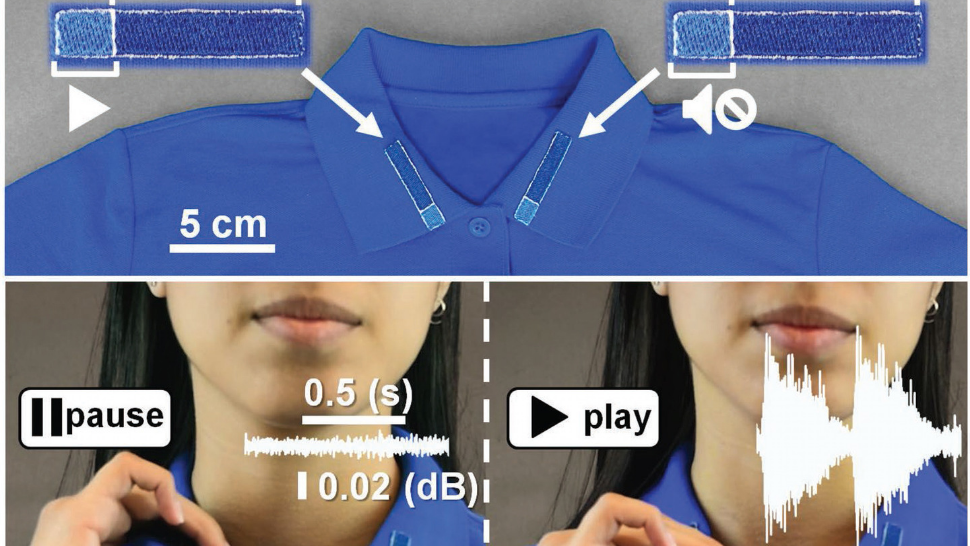John Tolley, August 9, 2019
The year is 2002. The film is The Tuxedo. After ferrying an international super spy about town, mild-mannered, yet apt taxi driver Jimmy Tong comes into possession of his technologically-enhanced evening wear. The suit transforms Tong from a regular joe into a smooth-moving martial artist equipped with the capabilities to bring down a criminal syndicate.
Of course, this Jackie Chan vehicle was just a work of fiction. But, recent advances by Purdue University researchers are putting a spotlight on a new class of multifunctional electronic textiles, known as e-textiles.
A recent Purdue Today article details the work of a team that includes Ramses Martinez, an assistant professor in the School of Industrial Engineering and in the Weldon School of Biomedical Engineering in Purdue?s College of Engineering. Building upon existing fabrics by adding omniphobic triboelectric nanogenerators (R??TENGs) via sprayed-on application of fluoroalkylated organosilanes and highly networked nanoflakes, their e-textile is waterproof, antibacterial and allows for human-machine interfacing.
?It is the first time there is a technique capable to transform any existing cloth item or textile into a self-powered e-textile containing sensors, music players or simple illumination displays using simple embroidery without the need for expensive fabrication processes requiring complex steps or expensive equipment,? said Martinez
Acceptance of e-textiles face a plethora of hurdles ranging from battery dependability to washability to cost of production. The Purdue developed e-textile model offers a relatively simple and affordable solution that can be applied to any fiber-based fabric. Testing has shown that R??TENG impregnated fabrics are highly resilient, standing up to consistent machine deformation and standard washing conditions. Further, it draws its power from human motion.
?While fashion has evolved significantly during the last centuries and has easily adopted recently developed high-performance materials, there are very few examples of clothes on the market that interact with the user,? Martinez said. ?Having an interface with a machine that we are constantly wearing sounds like the most convenient approach for a seamless communication with machines and the Internet of Things.?
For more on how Purdue is revolutionizing how we view the functionality of fabrics in our connected age, check out the recently published the findings of this research in the journal Advanced Functional Materials.







